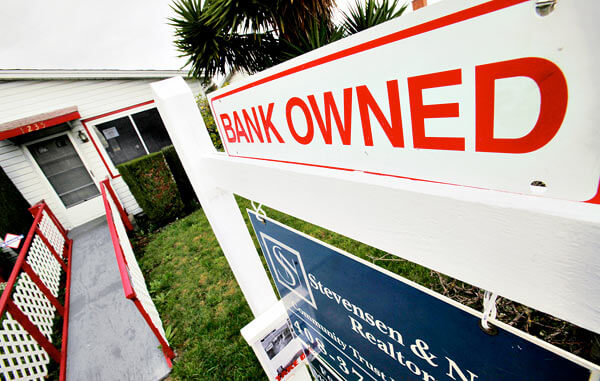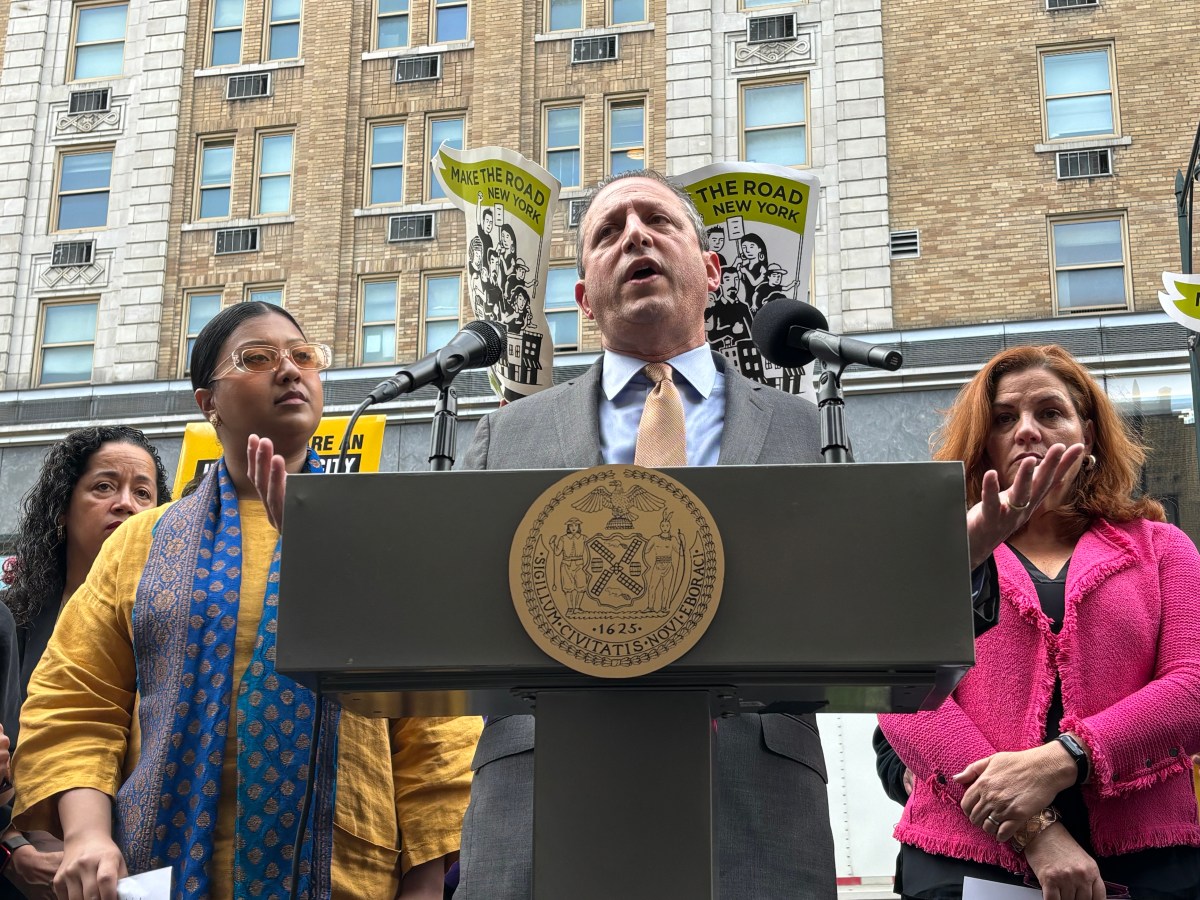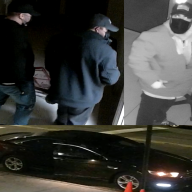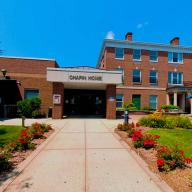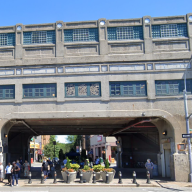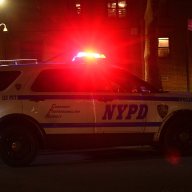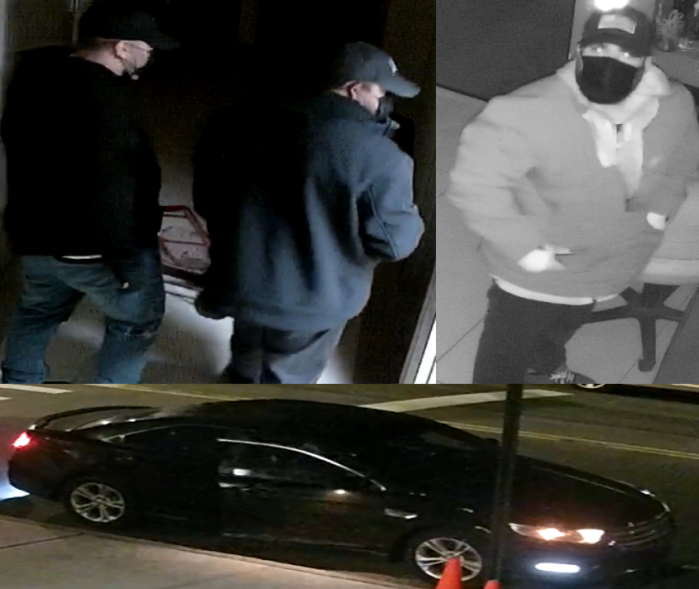By Rich Bockmann
By the time the foreclosure crisis peaked in Queens in 2009, the borough had seen four years in which mortgage servicers were filing a growing number of actions against struggling homeowners.
That trend was continuing when in October 2010, the state courts responded to the dubious practice of “robosigning” by requiring the banks to cross the t’s and dot the i’s on their paperwork, and the numbers for 2010 dropped off dramatically.
After a relatively quiet 2011, however, 2012 was a year when banks started initiating foreclosure actions again at an alarming rate, according to a new report.
“Honestly, this is something we’ve been expecting for over a year now, for the other shoe to drop in New York,” said Daren Blomquist, vice president of the real estate monitoring firm RealtyTrac.
The number of Queens homes foreclosed upon in 2012 rose 16 percent to a total of 255, according to RealtyTrac, with the highest number by far in Jamaica followed by East Elmhurst, Far Rockaway and Ozone Park.
The number of distressed homeowners notified that a foreclosure proceeding would be filed against them shot up by more than 200 percent, with over 4,000 homeowners receiving default notices.
States where foreclosures are not handled through the courts have seen steadier foreclosure trends, Blomquist said, and the big increase on the front end of the process in Queens indicates servicers are finally figuring out exactly what they need to complete a foreclosure.
“Back in 2011 and even late 2010, the numbers really decreased dramatically without much reason other than the additional scrutiny regarding improper documentation and questionable practices,” Blomquist said, adding he expected the activity to continue through 2013. “Those low numbers from 2011 were artificially low, and now the foreclosures caught in the logjam are starting to come through.”
And while the national average to complete the foreclosure process was 414 days in 2012, it took far and away the longest in New York, which had an average of 1,089 days.
In almost three years, a troubled homeowner can rack up thousands of dollars in late fees and arrears that make it almost impossible to save their home.
“At some point it becomes mathematically impossible,” said Elizabeth Lynch, staff attorney at nonprofit law firm MFY Legal Services.
With an average unemployment rate of 7.9 percent in Queens for 2012, Lynch said the tough economy is making it harder for homeowners to keep up on their mortgage payments.
“We’re starting to see people who have a mortgage that’s not as bad as a subprime loan that we’ve seen in the past, but maybe has a higher interest rate now and they’re going into foreclosure too,” she said. “With the bad economy hitting areas like southeast Queens, we’re definitely seeing the impact of unemployment.”
Homeowners who lack sophisticated knowledge of the foreclosure process and the legal resources of mortgage servicers are still at a marked disadvantage, Lynch said. One step federal or state agencies could take toward leveling the playing field would be to allow borrowers to sue servicers who abuse the process, she added.
MFY Legal has documented a practice in New York whereby servicers delay filing paperwork, thereby extending the foreclosure process and preventing borrowers from entering a settlement conference.
Reach reporter Rich Bockmann by e-mail at rbockmann@cnglocal.com or by phone at 718-260-4574.

